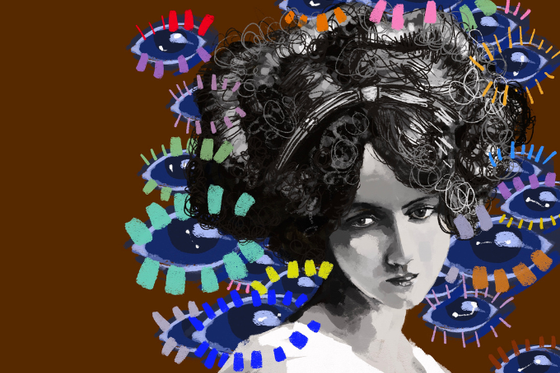On View through Monday, October 14.
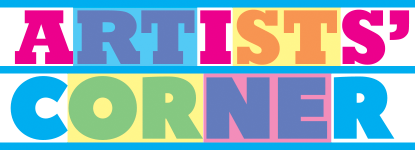
This summer in Artists’ Corner, artist Jane Pigliacelli shares her work representing figures and faces using a range of materials from watercolors to digital illustrations. “Because I am neurodivergent and a member of the LGBTQIA+ community, I look for faces that you don’t typically see represented in the media. I have never been interested in what is 'normal' or 'typical.'"
Jane uses vibrant, joyful colors and unexpected compositions to challenge ideas about beauty.
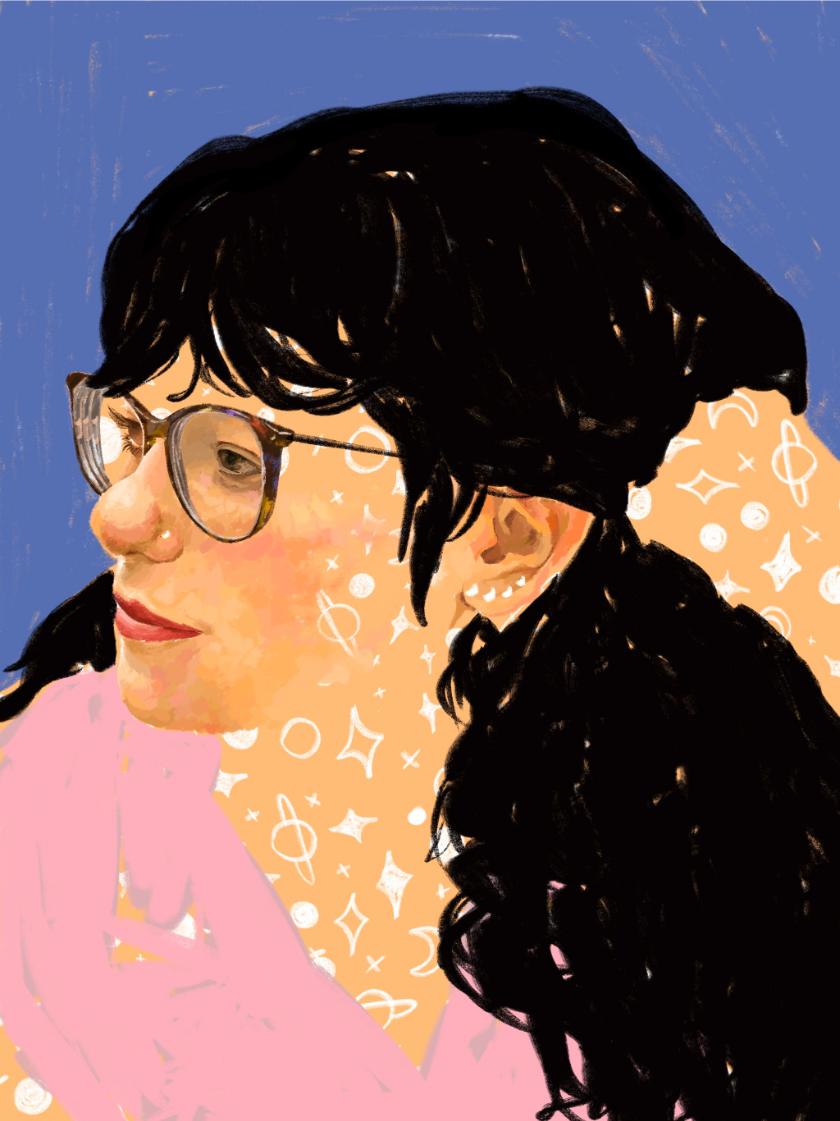
Self Portrait Alizarin (#E32636), Procreate Digital Painting
Jane Pigliacelli shares, "As an artist and elementary school special education teacher, inclusivity is at the core of all my work. I am inspired by bodies—the ways they support or fail us, the ways we adapt or change them, the ways our bodies are shaped by things within and without our control.
"While I am currently mainly using Procreate for my work, I have also enjoyed using a variety of materials and techniques ranging from weaving electrical cords to embroidering the live figure with dryer lint."

Citrine (#E9D66B), Procreate Digital Painting
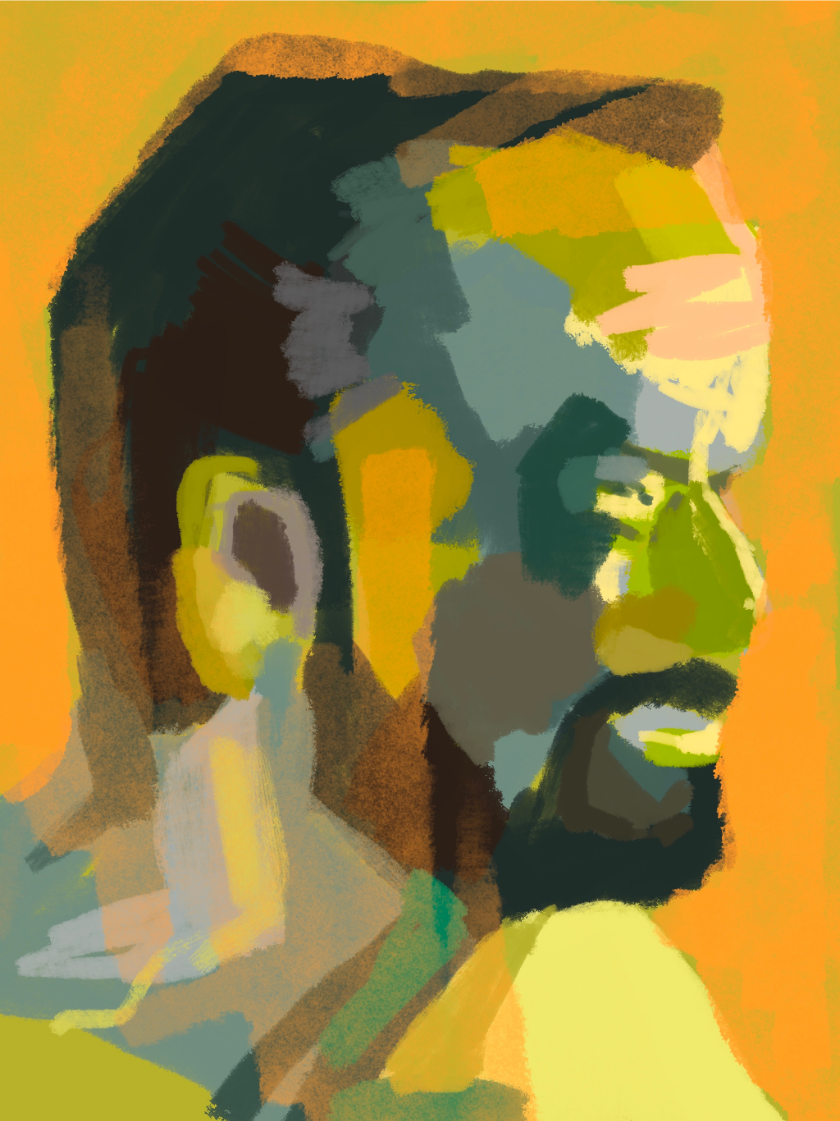
Aureolin (#FFBF00), Procreate Digital Painting
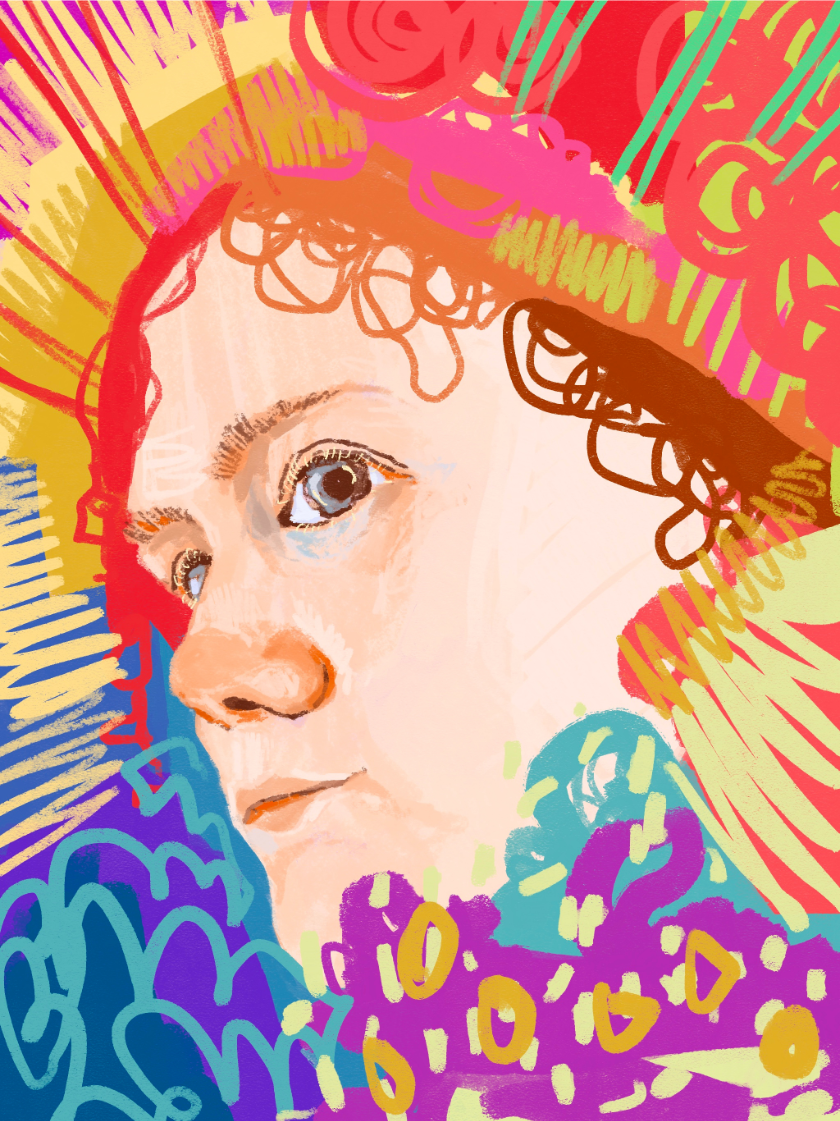
Cerulean (#007BA7), Procreate Digital Painting
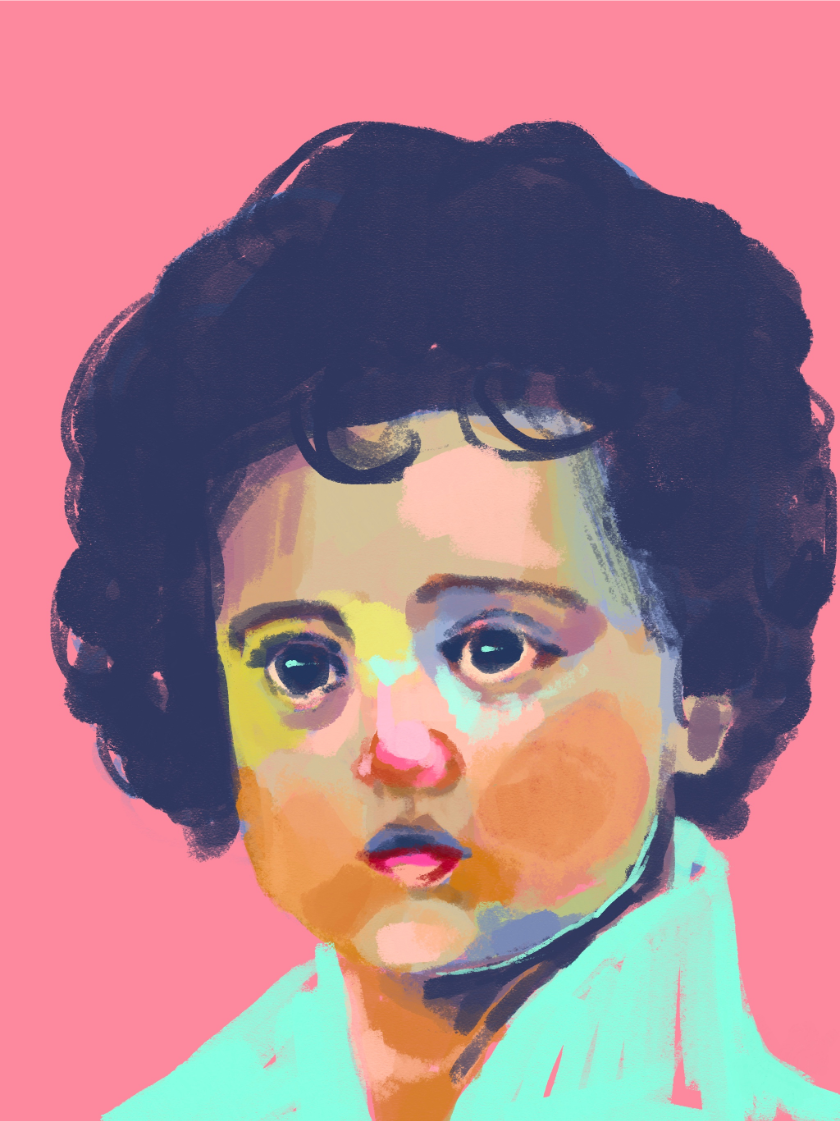
Thulian (#DE6FA1), Procreate Digital Painting
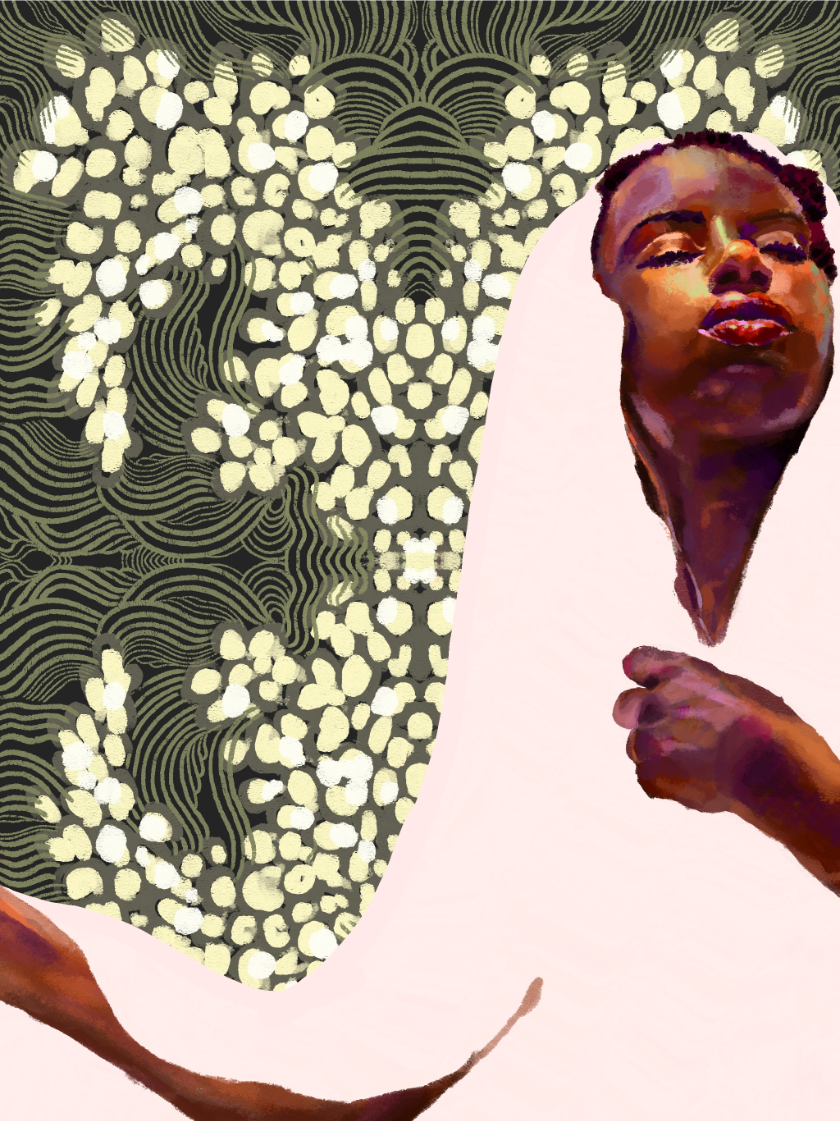
Isabelline (#F4F0EC), Procreate Digital Painting
View "Community of Play: Works by Jane Pigliacelli" at LICM, June 27 - September 1, 2024 in LICM's new Artists' Corner.

More About Artists' Corner at LICM
Research has shown that art-based activities help build overall academic performance and cognitive development.
Why Should We Encourage Children to Continue Exploring Art?
Art is a connector between content areas, providing opportunities to enrich and expand learning in every subject. It is a tool for visual learners and provides an access point for children to support their understanding of a subject matter. For example, a painting that reflects a period in history can be an access point to learning about that time.
Art is therapeutic and is often used to support positive mental health. When making art, it is common to enter a state of “flow,” which is like meditation. This has a calming and centering impact. Additionally, art provides an outlet for expressing feelings and working through worries, allowing children to express ideas or emotions they might not have the language or comfort to express or haven’t fully understood themselves.
Art provides access to cultural understanding, allowing children and families to learn about other cultures by viewing art, as well as sharing their culture by making art. Art serves as a conversation starting point and a safe space to explore, ask questions and learn.
Art develops social skills, especially when done in a collaborative or group setting. Artists learn to listen to one another’s ideas and respond appropriately. Art provides an opportunity to understand that everyone has a unique perspective and approach and highlights that there is more than one way to reach a goal. It also fosters the ability to communicate ideas so that viewers can understand them.
Art is an exercise in creativity and critical thinking. When creating art you are pushed to consider multiple possibilities, explore the impact of each decision, and adjust to reach the desired end goal. Visual Thinking Strategies is a great way to encourage viewers to ponder the who, what, where, when and why of the piece they are viewing.
Art builds confidence and resilience. Through art, one can express one’s own individuality and build confidence in who they are and what they think. The process of making art can be messy and experimental. Learning from work that didn’t come out as expected helps build resilience. There is always the opportunity to try again and strengthen skills while learning from mistakes.
How Artists' Corner Will Evolve
The changing schedule of art exhibits presented introduces children to a range of artists, content and intention. This artistic diversity allows visitors to gain a better understanding of who artists are while enabling children to see themselves as artists. View our past Artists' Corner show, "What Inspires You?"
Resources
Feeling Artsy? Here's How Making Art Helps Your Brain
Research and Theory: Visual Thinking Strategies
Talking About Art
Art highlighted in the gallery, along with interactive components, sparks conversations between children and adults, encouraging multigenerational understanding of one another while expanding children’s understanding of the world. Learn how we can talk to kids about art.
